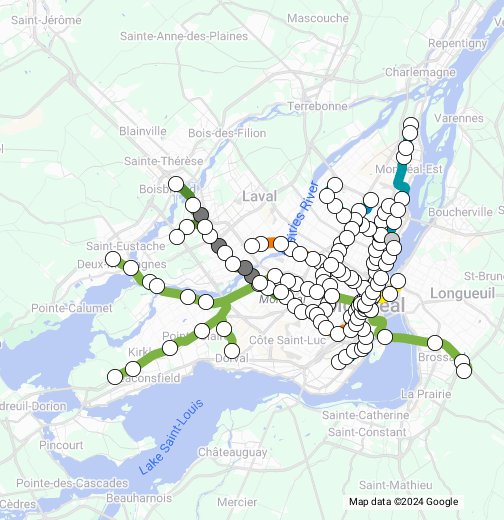p_xavier
Active Member
Legault´s Twitter account posted a meeting with the CDPQ leaders discussing transit plans and had this interesting diagram in it. I zoomed in on the plan. The image was removed shortly after and reposted blurred.


Legault´s Twitter account posted a meeting with the CDPQ leaders discussing transit plans and had this interesting diagram in it. I zoomed in on the plan. The image was removed shortly after and reposted blurred.
View attachment 265533

A new member on MTLurb did this map, really clearer.

Métro léger de l'est de Montréal - Google My Maps
https://www.cdpqinfra.com/fr/rem-estwww.google.com

REM de l'Est (ligne B) - Discussion générale
mtlurb.com
Yes... I posted it.

I was about to post that!
Vers une phase 2 du REM dans l’est
(Québec) Une « phase 2 » du Réseau express métropolitain (REM) est en préparation, alors que la Caisse de dépôt et placement a signifié au gouvernement Leg...www.lapresse.ca
"(Quebec) A “phase 2” of the Réseau express métropolitain (REM) is in preparation, while the Caisse de dépôt et placement has notified the Legault government of its interest in extending its electric train network to the east of the Island of Montreal."
"Two antennas would be added: one would link Pointe-aux-Trembles to downtown, the other would be located in the axis of Autoroute 25 and go north, as far as Cégep Marie-Victorin."
He is not interested in the addition of another transport system such as a streetcar, which has already been mentioned in the past, particularly for Notre-Dame Street in the east. The Caisse prefers to focus on the development of the REM. If it plans to extend its network in Laval, the work is less advanced than in the case of the eastern part of the island. They are even less so about the addition of antennas on the South Shore - from the DIX-30 to Chambly and on the Taschereau Boulevard to La Prairie axis, according to our source. This is why the eastward extension is set to become Phase 2, the section that is preferred for the moment.
At this stage, this phase does not include an antenna from the city centre to the Lachine borough. However, the development of a "structuring link" to the southwest is still under consideration by the government, under an agreement reached with Mayor Valérie Plante last year. This agreement allowed the transfer of $800 million from a federal envelope from the city of Quebec to complete funding for Mayor Labeaume's structuring network.
The Caisse expects the first departures of the electric train to take place next year on the South Shore antenna, which connects Brossard to The Central Station in the city centre. Officially, this project is valued at 6.5 billion, but La Presse has already shown that invoices have been added along the way to bring the total costs to nearly 7.5 billion.
..., fully automated system, platform doors.
The DRL was to be semi-automated (GoA2 system) whereas the OL is planned to be fully automated. (GoA4 system)These are a given. Even the TTC DRL was planned that way.
Well yes, REM may be considered S-Bahn but it only covers half the city. Until it covers the entire city, it's no S-Bahn system.RER with 15-minute off-peak service is generally considered S-Bahn. Why won't GO achieve this? They've already partially achieved it on the Lakeshore East line, but not yet, as shoulder and weekend services drop to every 30 minutes, and once upgrades and electrification are complete I don't see how it doesn't qualify.
And surely the Montreal REM system is equivalent to S-Bahn. It will have the frequencies, and the Alstom Metropolis rolling stock is similar to the Alstom Metropolis rolling stock used on Sydney's Metro, which is considered equivalent to S-Bahn.
I'll call you on my factual incorrectness. Go ahead. Feel free to correct me. I'm curious.Same here. I was going to respond to him by pointing out how factually incorrect many of his statements have become, but then I thought, oh why bother. Life's too short.
That's a different definition of S-Bahn than I'm familiar with. As you seem to have more familiarity with this type of system, can you point to where the definition of S-Bahn is network-based rather than vehicle/capacity/design-related?Well yes, REM may be considered S-Bahn but it only covers half the city. Until it covers the entire city, it's no S-Bahn system.




